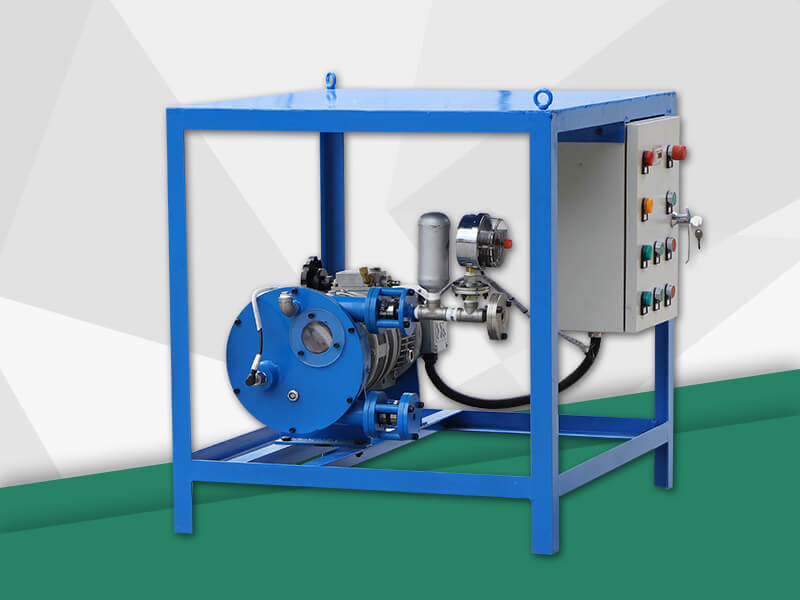1. Exit throttling
For industrial hose pumps, this is a versatile and inexpensive method of regulating flow. Usually this method is only used for industrial hose pumps. Partially closing any valve in the outlet pipe will increase the head of the system, so the head curve of the system will intersect the head curve of the mud pump at a small flow. The outlet throttle moves the operating point to a lower efficiency point and causes power loss to the throttle. This may be important for large pumping units, and more expensive adjustment methods may be more economical. Throttling to a critical point may cause the liquid in the pump to overheat. The necessary small flow can be maintained by bypassing or by different adjustment methods. This is very important for the aforementioned pumps that handle hot water or volatile liquids.
2. Throttle of industrial hose pump suction port
This saves some power by throttling in the suction tube. Because the throttling of the outlet can cause the liquid to overheat or evaporate, the inlet throttling is often used in jet fuel pumps. At very small flows, the impellers of these pumps are only partially filled with liquid. Therefore, the condensate pump flow rate at which the inlet power and temperature rise is approximately 1/30 of the full working position of the impeller outlet throttle is usually controlled by the submergence depth, which is equivalent to the inlet throttle. This special design reduces cavitation damage to these pumps to a negligible level, but with very low energy levels.
3. Industrial hose pump bypass adjustment
The discharge pipe of the mud pump can distribute all or part of the flow through the bypass pipe to the suction port of the pump or other suitable point. One or more flow holes and appropriate control valves can be installed in the bypass. Measuring bypass is usually used to reduce the flow of boiler feed pump, mainly to prevent overheating. If the bypass flow of the bypass propeller pump is used to replace the outlet throttling, considerable power can be saved.
4. Industrial hose pump speed adjustment
When using this method to regulate the flow, the required power can be minimized and the overheating phenomenon in the flow adjustment process can be eliminated. Steam turbines and internal combustion engines can easily adapt to speed regulation with little additional cost. Various mechanical, magnetic, hydraulic transmission and DC, AC variable speed motors can be used to adjust the speed. Variable speed motors are often too expensive, and adjustable blade adjustments can only be used if economic research into special cases proves valuable. Through research on the adjustable guide vane installed in front of the impeller, it is found that this method is effective for adjusting the pump when the specific speed is 5700 (2.086). The blades produce a positive pre-spin, reducing head pressure, flow, and efficiency. For blades, only a relatively small regulatory effect can be obtained. In Europe, large-scale energy storage pumps for power generation have successfully applied adjustable outlet diffusion blades. This article also successfully studied the variable pitch propeller pump. With a constant head and relatively small loss of efficiency, a larger range of flow variation can be obtained. However, these methods are too complicated and expensive, and are limited in practical applications.










